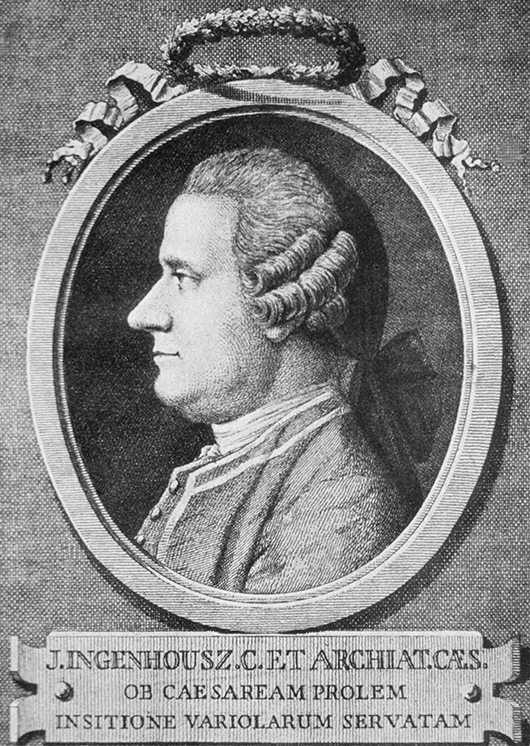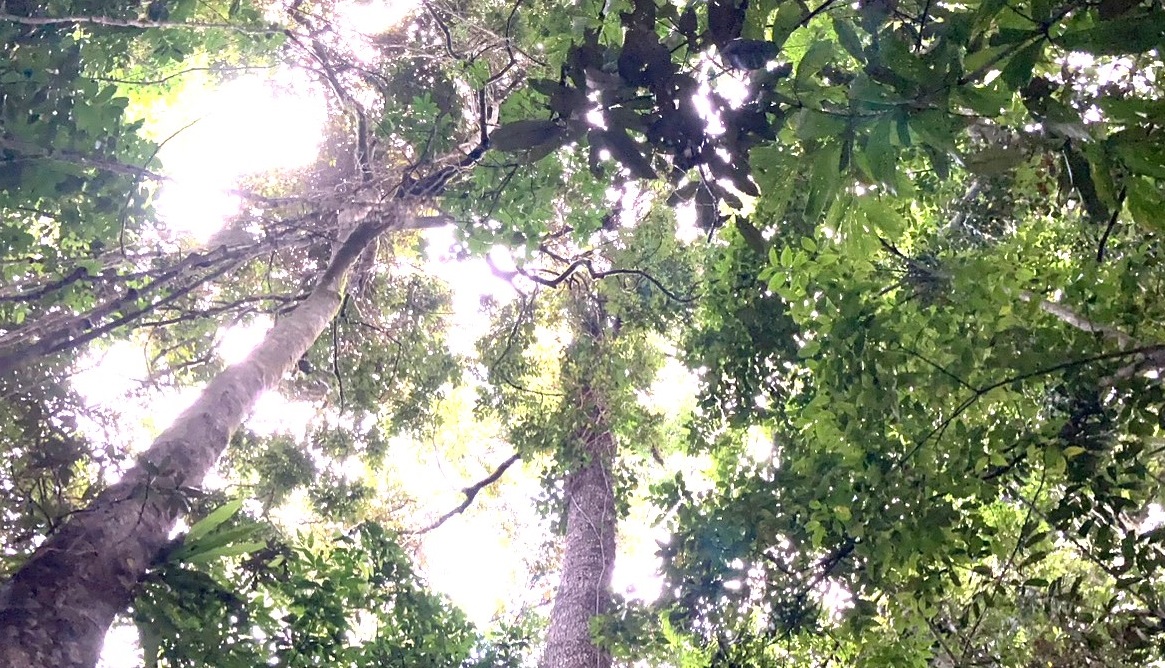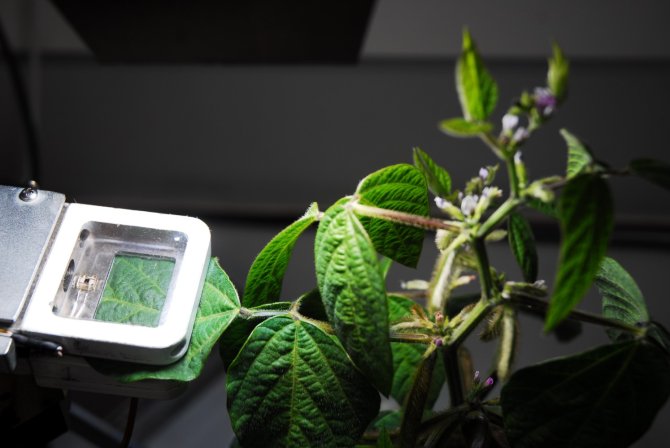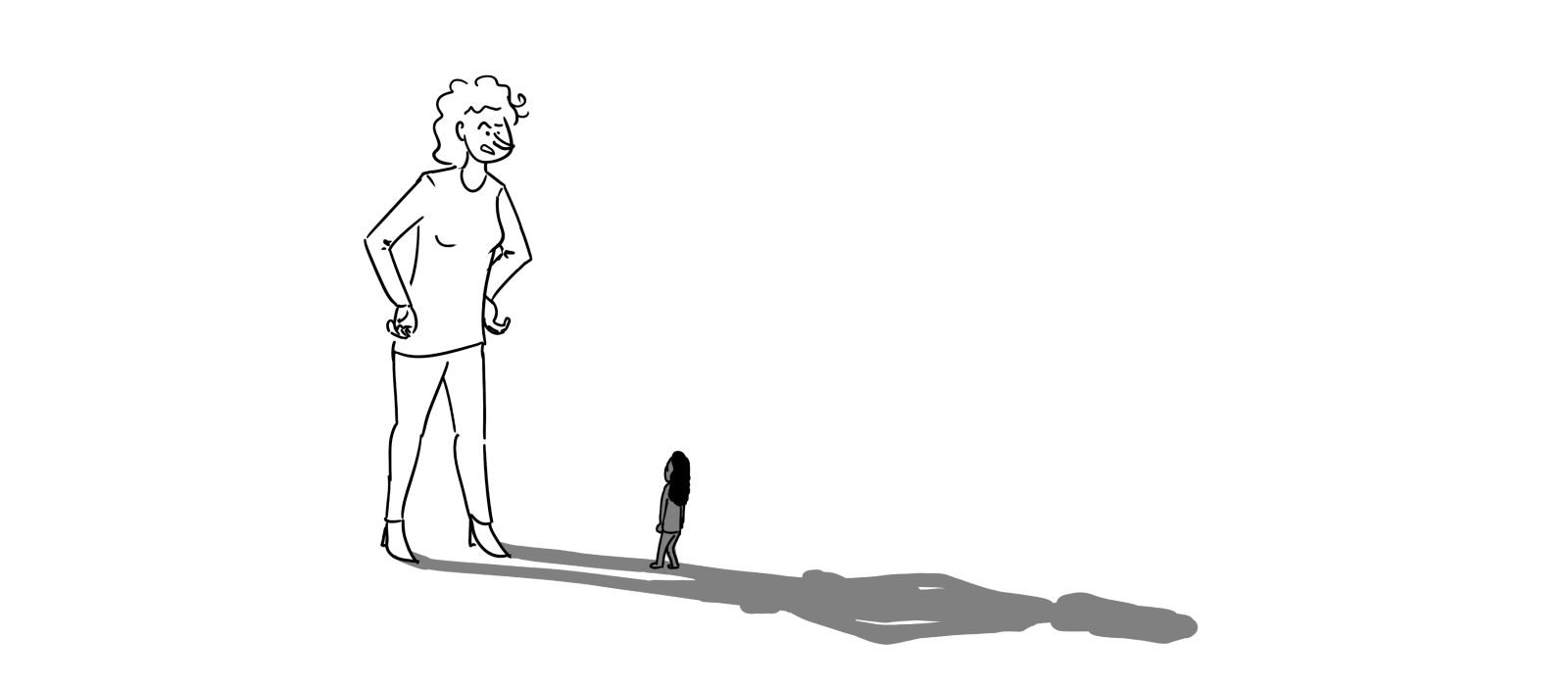This week sees the official start of the photosynthesis institute that was announced during the Dies Natalis last year. At that point, it was just an idea plus 62 million euros in sponsorship money. Now, more than a year later, the institute has a name, a director and its first employees. The new institute bears the name of Jan Ingen Housz, the Dutch father of photosynthesis.
Former rector Martin Kropff is happy to acknowledge that ‘No, I’d never heard of this scientist either. And I studied biology in Utrecht and Wageningen, and went on to work on photosynthesis.’ Kropff is the chair of the supervisory board of the new Jan IngenHousz Institute. After his stint as rector in Wageningen, he was the managing director of CIMMYT in Mexico, a large international agricultural research institute dedicated to improving maize and wheat crops in developing countries.
Now Kropff (66) is retired and back in Wageningen, and he plans to spend his time on ‘fun things’ only. ‘This institute is a really nice development.’ Those fun things include his involvement with Crop XR, where he also chairs the supervisory board. ‘Crop XR is about artificial intelligence and breakthroughs in plant breeding. The headquarters are in Utrecht but Wageningen is a major partner. I can imagine these two institutes developing links in future.’
The sponsorship money consists of 50 million euros from two private financers plus 12 million euros from WUR. That money should let the institute achieve a breakthrough in the next ten years in the efficiency of photosynthesis. That efficiency is low: at most, the plant converts a couple of per cent of the light it receives into usable energy. Increasing the efficiency would boost food production.
World leader
The Jan IngenHousz Institute will tackle that challenge with American professor David Kramer at the helm. He starts this week. Kropff says they have got a world leader in Kramer. ‘Photosynthesis is a hugely complex process consisting of numerous steps, both photochemical (capturing the light) and biochemical (converting CO₂ into glucose). Kramer has worked on many of those underlying processes.’
According to Kropff, Kramer also thinks in terms of systems. ‘His approach is to consider the system as a whole before delving into the details. So first assess where the bottlenecks are in the whole photosynthesis process and identify the opportunities for breakthroughs. The ultimate aim is to improve the photosynthesis not of one leaf but of the crop as a whole.
‘The institute aims to achieve a breakthrough in the next ten years in the efficiency of photosynthesis
The breakthrough is likely to result from a combination of changes rather than improving one single detail.’ It is not yet known which crop the institute will be focusing on. Kramer will be figuring that out over the next few months together with his Wageningen and international colleagues. Kramer and his institute will get a (yet to be determined) prominent place on campus with the Plant Sciences Group.

 Jan Ingen Housz (1730-1799). Illustration: The History Collection / Alamy Stock Photo
Jan Ingen Housz (1730-1799). Illustration: The History Collection / Alamy Stock Photo 

